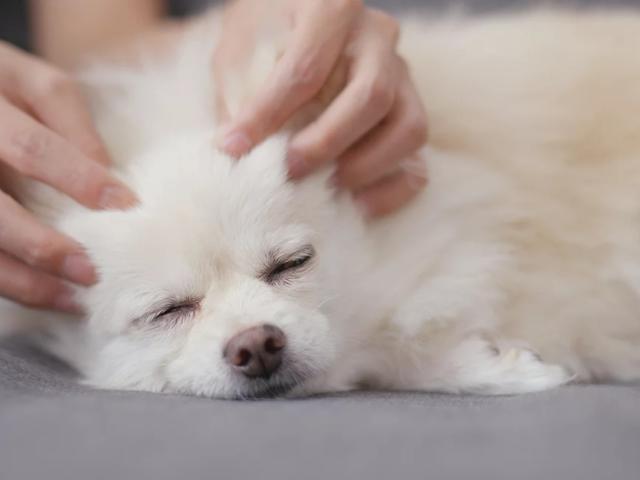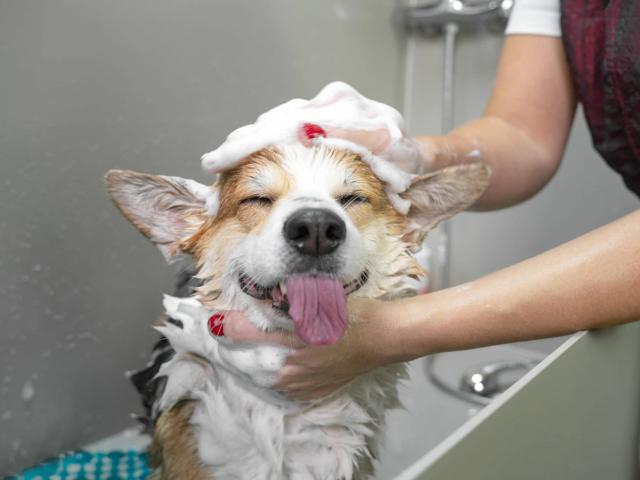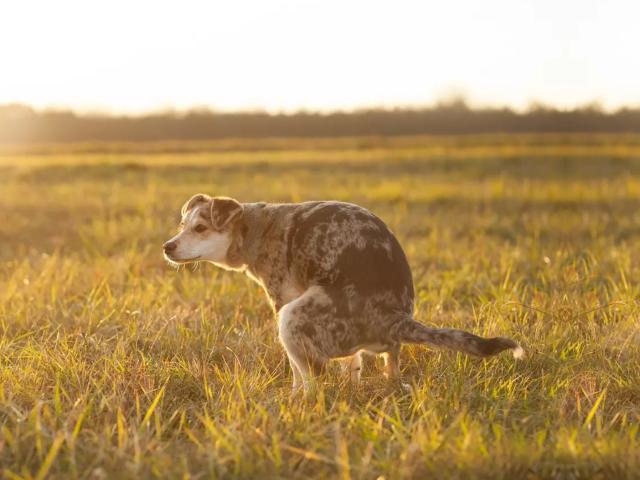Taking proper care of your dog's coat
Keeping your dog's fur in a good condition can be very easy or very complicated, depending on the breed of your dog. There are many different types of fur: short, long, dense, thick or very fine, some with an undercoat and some without. This is why brushing or feeding needs to be adapted to each dog. The condition of your dog's coat is a great indicator of his or her health. If it becomes dull, brittle, or start to fall off, this is probably a sign that something is wrong. This can come from an unsuitable diet, an illness, or an abnormal emotional state.
There are different ways to maintain your dog's coat internally and externally. These few tips will help you better understand the importance of a healthy coat, as well as ways to give it shine and vitality. Because your canine friend deserves it !
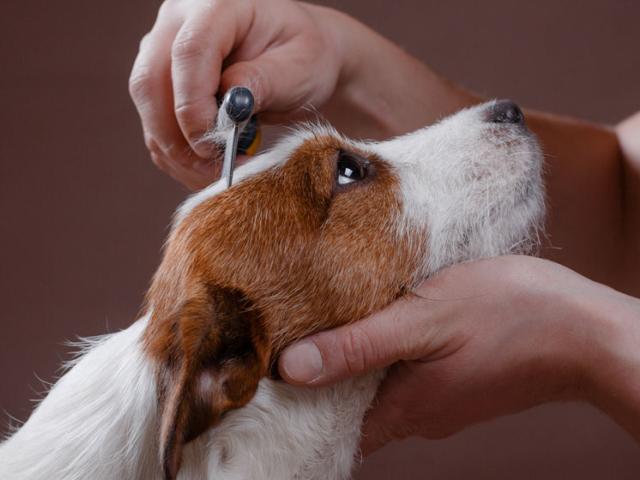
What is the role of fur?
Hair plays different roles in the dog's health. It is above all a protective barrier that protects your dog from external attacks, including hot weather, sunburn, cold weather, etc. and must therefore be strong and resistant. The condition of the fur tells you if your dog is in good health and if his or her diet is suitable.
Each breed of dog has its own fur, and this is why not all dogs resist bad weather in the same way, for example. Your dog's fur acts as a protection against UV rays from the sun and even against shock. The undercoat, for the breeds that have one, is a natural thermal insulator, both against the cold and the heat.
Each hair goes through 3 phases during its life: a growth phase, an intermediate phase during which it whitens, and a resting phase, which precedes hair loss. Hair constantly regenerates and grows back, but this process can be slowed down or made ineffective if your dog's coat is not maintained.
Hairs are composed almost entirely of protein. If your dog's diet does not contain enough, his or her hair may become brittle and dry, and he or she may begin to lose hair. This is generally not a good sign. Research has even shown that long-haired dogs have higher protein needs than short-haired dogs.
Likewise, an imbalance of vitamins, fatty acids, trace elements and amino acids can disrupt the animal's immune protection barrier: his or her skin and fur.
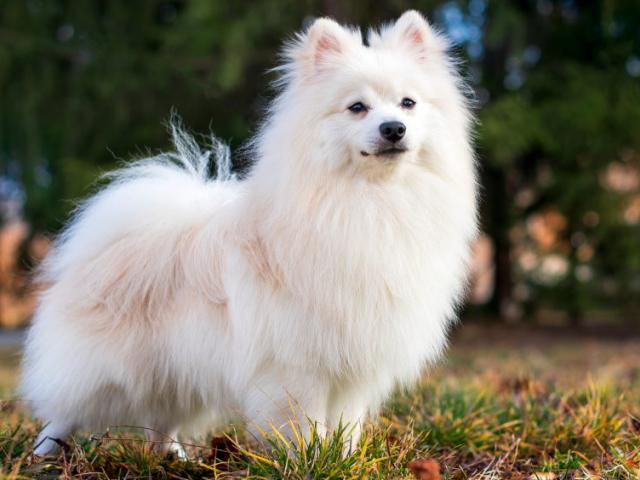
Tips for best maintaining your dog's coat
Maintaining your dog's coat is not just about weekly brushing or a few food supplements given arbitrarily without the advice of a veterinarian or animal nutrition expert.
For a healthy coat, you must first make sure you know your dog well and the specificities linked to his or her breed. Whether you have a Husky or a Maltese or any other breed, there are a few habits you should adopt to ensure the health of his or her coat.
Choosing your dog's diet
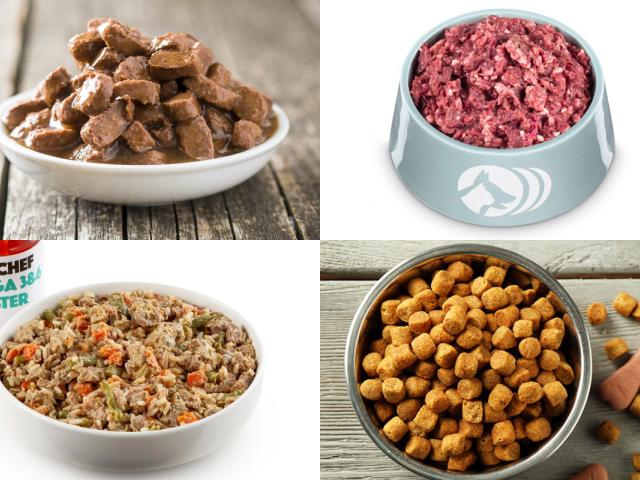
All brands and types of dog food, whether dry, canned or semi-moist, have their good sides. But whichever one you choose, it must meet the nutritional needs of your dog.
The most important thing is to rely on the quality and composition of his or her diet. Please note that just because a label provides information about a food, it does not necessarily mean that it is of sufficient quality and/or quantity. This is why it is also important to understand the information on the packaging.
Make sure that your dog's ration contains these few essentials for the beauty of the coat without excess but in adequate quantities relative to your dog's needs:
- Zinc (dogs with long hair or dark coats have greater needs for this micronutrient)
- Vitamins A and E (depending on the quality of the diet, a greater intake of vitamin E, a super antioxidant, may be more than useful)
- Water-soluble vitamins from groups B and C (certain pathologies require higher intakes)
- Biotin (essential for metabolism)
- Fatty acids, including omega 3 and 6, with a ratio between the two adjusted and ideally between 1 and 5
Brushing your dog
Aside from strengthening the bond with your dog, brushing your dog's coat is very beneficial for him or her, as dogs tend to not clean themselves, and can't reach all parts of their body.
Brushing will also help you notice any skin conditions such as dry skin, eczema, rashes, scratches, lesions on the skin, fleas and ticks, and the general condition of the fur.
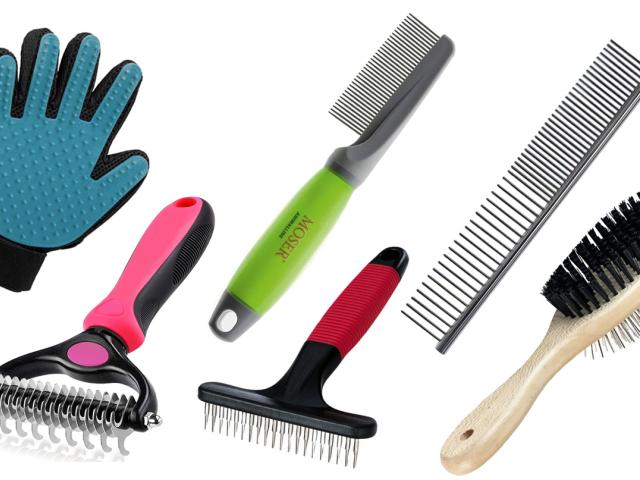
The best brushes or combs will depend on the breed of your dog, nylon brushes being more suited for short or coarse haired dogs, metal brushes and combs more suitable for breeds with longer fur as they comb deeper. The frequency of brushing will also depend on the breed, long haired breeds needing more frequent brushing, and on the time of year, brushing more frequently when your dog is shedding his or her fur.
Start with brushing your dog's coat backwards, allowing the removal of dead hair, followed by brushing in the direction of the fur with a softer brush. Regular brushing is needed for longer haired breeds and those with a thicker undercoat, to avoid matting. Should matting be present, it may be needed to have them removed by a dog groomer or vet.
It is also useful to regularly bathe or wash your dog to keep his or her coat clean, or to have your dog groomed for some breeds.
